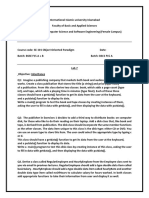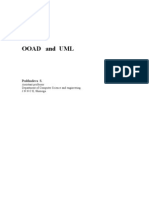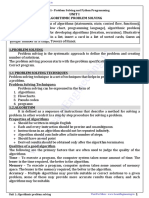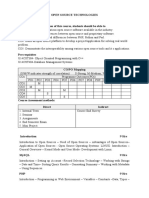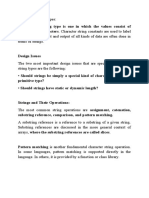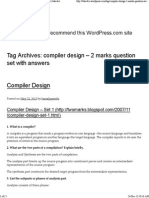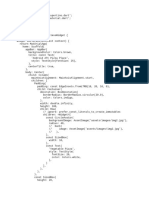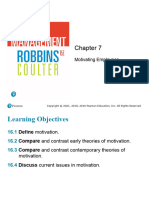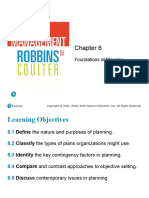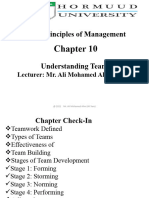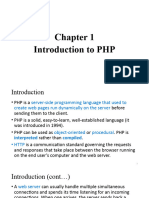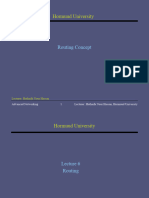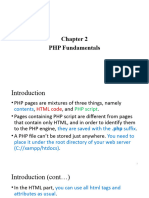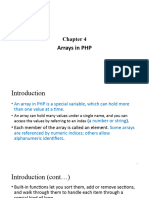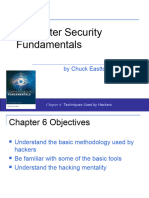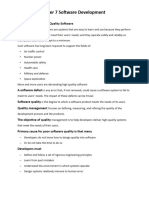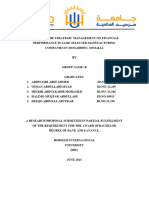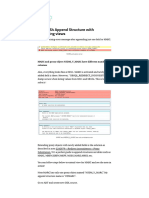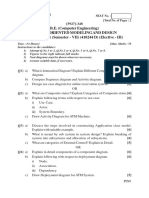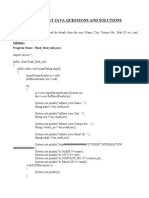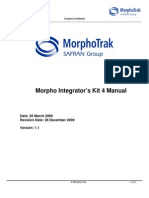0% found this document useful (0 votes)
245 views24 pagesJavaFX Guide: Basics, Structure, and Controls
JavaFX is the new GUI framework that replaces Swing for desktop applications in Java. It allows creating rich user interfaces and is used for both desktop and web applications. JavaFX uses an FXML markup language and Scene Builder tool to visually design user interfaces without code. The basic structure of a JavaFX application includes a main class extending Application, an FXML file defining the UI, and controller classes handling user interactions and logic. Common JavaFX controls include labels, buttons, text fields, checkboxes and more.
Uploaded by
mohamedabdulkadir767Copyright
© © All Rights Reserved
We take content rights seriously. If you suspect this is your content, claim it here.
Available Formats
Download as PPT, PDF, TXT or read online on Scribd
0% found this document useful (0 votes)
245 views24 pagesJavaFX Guide: Basics, Structure, and Controls
JavaFX is the new GUI framework that replaces Swing for desktop applications in Java. It allows creating rich user interfaces and is used for both desktop and web applications. JavaFX uses an FXML markup language and Scene Builder tool to visually design user interfaces without code. The basic structure of a JavaFX application includes a main class extending Application, an FXML file defining the UI, and controller classes handling user interactions and logic. Common JavaFX controls include labels, buttons, text fields, checkboxes and more.
Uploaded by
mohamedabdulkadir767Copyright
© © All Rights Reserved
We take content rights seriously. If you suspect this is your content, claim it here.
Available Formats
Download as PPT, PDF, TXT or read online on Scribd
/ 24


